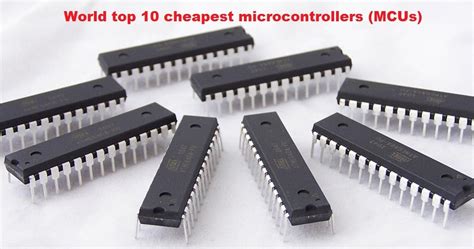
What is 8-bit PIC microcontroller?
Introduction to PIC microcontrollers PIC (Peripheral Interface Controller) is a family of microcontrollers developed by Microchip Technology. These microcontrollers are widely used in embedded systems[…]
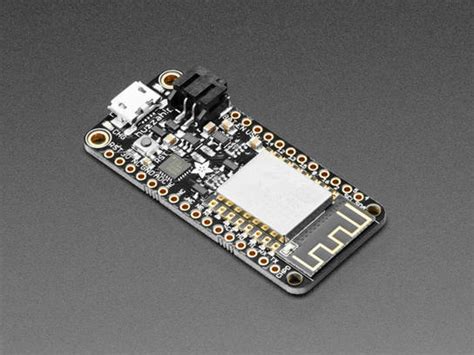
Arduino Alternative: A List of Other Great Options Available
Table of Contents Introduction to Arduino and its Alternatives Raspberry Pi BeagleBone ESP32 and ESP8266 Particle Photon and Electron Teensy STM32 Microcontrollers PIC microcontrollers Adafruit[…]
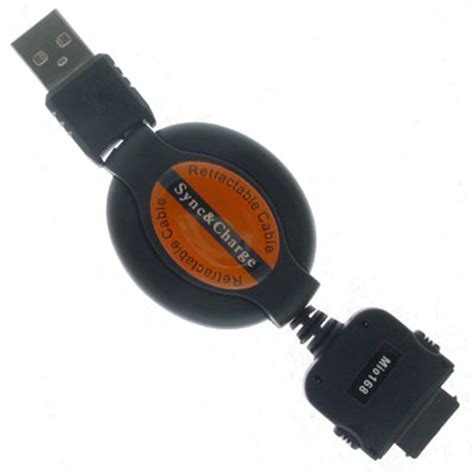
USB – programmer and debug adapter
Introduction to USB-PDA USB-PDA, or USB Programmer and Debug Adapter, is a versatile tool that enables developers and engineers to program and debug various electronic[…]

Increase The Integration Density of PCB With Blind Microvia
Introduction to Blind Microvias Blind microvias are an essential technology for increasing the integration density and functionality of today’s complex printed circuit boards (PCBs). A[…]

PIC16F877A: A Breakdown of the Basics and How to Select One for Your Project
Introduction to PIC16F877A The PIC16F877A is a popular microcontroller from Microchip Technology Inc. It is part of the PIC16 family of microcontrollers and is widely[…]
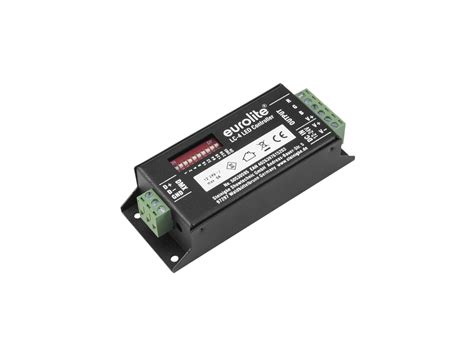
RGB LED Controller Circuit: The Working Principle and How to Make One
What is an RGB LED Controller? An RGB LED controller is a device that allows you to control the color and intensity of RGB (Red,[…]
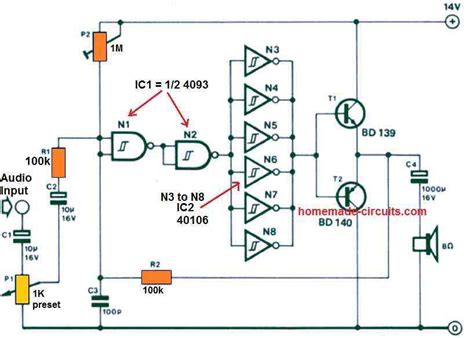
How to Design a PWM Circuit You Need
Understanding PWM Basics Before diving into the design process, let’s review the fundamentals of PWM. PWM is a method of controlling the average power delivered[…]
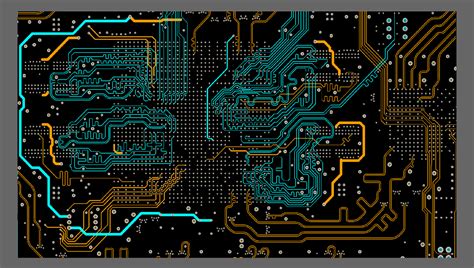
RF PCB Design-The Ultimate Uuide You Need to Know
Introduction to RF PCB Design Radio Frequency (RF) PCB design is a specialized area of printed circuit board design that focuses on the layout and[…]
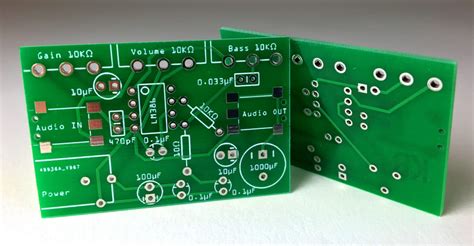
The Ultimate Guide to PCB Layout Design
Introduction to PCB Layout Printed Circuit Board (PCB) layout design is a crucial step in the development of electronic devices. It involves the arrangement of[…]

What are the elements of a microwave circuit?
Key components of a microwave circuit 1. Transmission lines Transmission lines are the backbone of any microwave circuit, serving as the conduits for high-frequency signals.[…]